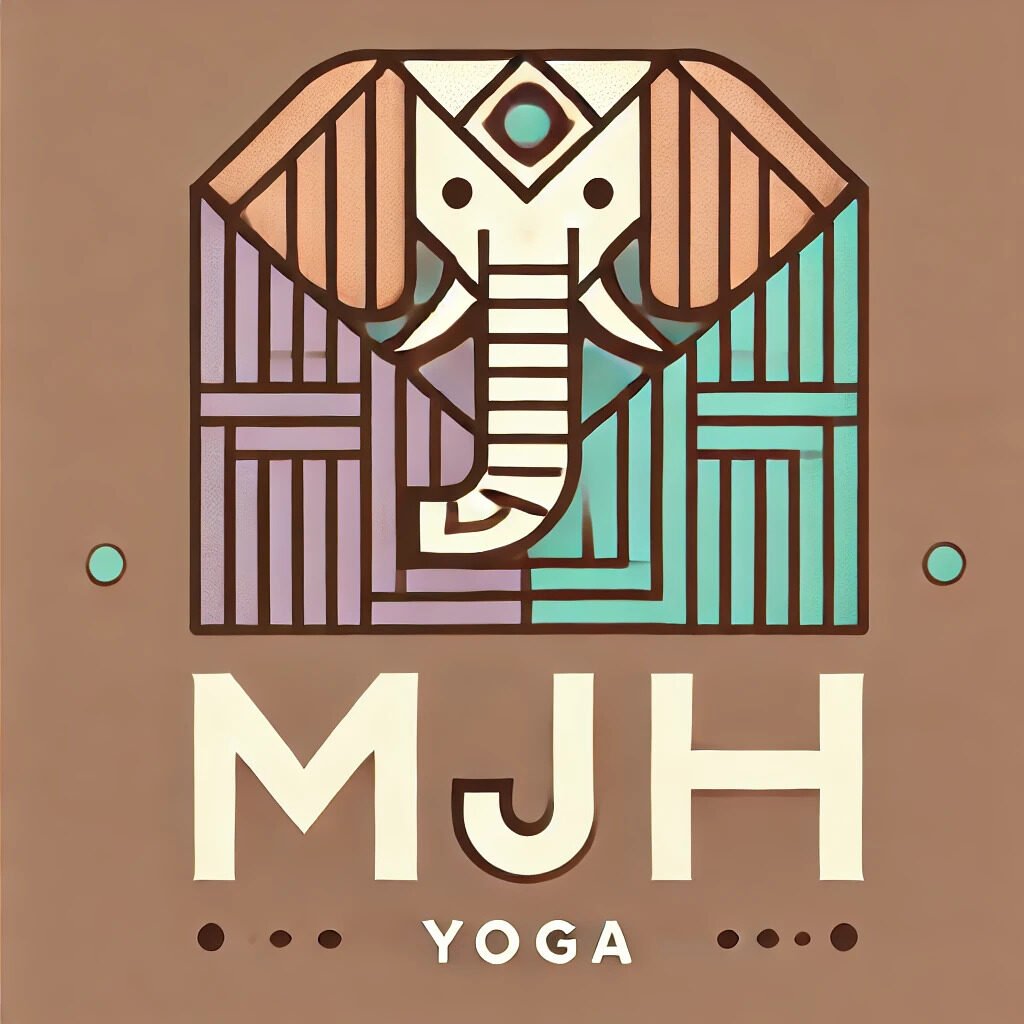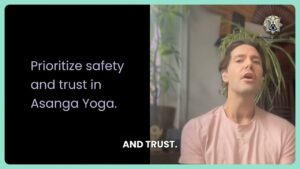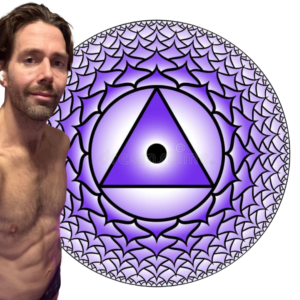The Evolution of an Ashtanga Teacher
The Evolution of an Ashtanga Teacher
Introduction
Change and iteration? I’m good with those. I started out verbose—talking too much, explaining every little thing. Then I swung the pendulum toward the stereotypical Ashtanga script: minimal instruction, no props, traditional cues only. But ultimately, I came back to being real. The journey wasn’t a straight line. I had poor mentorship modeling early on in my Ashtanga career. It took a while to trust myself—to teach from what I knew to be true, not just what I was shown.
I. The Early Years: Strict Adherence to Tradition
In the early years of teaching, I thought I needed to model exactly what had been handed down to me. That meant ditching props—even though I had used them before and knew they worked. It wasn’t a great idea. I was trying to perform tradition instead of embodying it. What I didn’t realize then was that not using the tools I had—tools I was trained in—felt like a weird betrayal of my own intuition and education. It was also oddly classist. Why was it monied people setting the standard for “authenticity” in yoga?
“I started with a strict, Ashtanga-focused, no-props approach.”
The result? A narrow, rigid framework that looked like discipline but sometimes felt more like theater. It worked for some students—but not for everyone, and certainly not for me long-term.
II. The Catalyst for Change
At first, I chalked the wincing up to effort—growing pains. But eventually, it wasn’t just the wincing. It was the fragility. There was a lot of strange, nervous energy in the room—athletes pushing too hard, people disassociating through “diligence,” and a general undertone of something’s not quite right.
I didn’t have the language at the time, but I was beginning to pick up on patterns: bodies showing signs of shutdown or overcompensation, eyes darting, people forcing themselves through movements that weren’t serving them. I realized I needed better metrics. Not everything is measurable, but some things are meaningful—and I needed to get clearer on what the key performance indicators of actual growth looked like.
“I realized that my rigidity was creating barriers rather than bridges for my students.”
I had to figure out what stocks to track in the room: breath quality, groundedness, willingness to stop when needed, emotional regulation. The data was always there—I just had to learn to read it.
III. Embracing Adaptability and Props
So, I went back to using props. Not because they’re trendy, but because they work. I started paying more attention to what students actually needed, rather than what I thought I was supposed to model.
“Now I have a more flexible, supportive style incorporating props as needed.”
Props aren’t crutches. They’re bridges. They make the practice more accessible, yes, but also more intelligent. I’ve seen transformations—students who felt excluded suddenly feel included. And I’ve come to believe this deeply: tradition isn’t lost when we adapt. It’s upheld.
IV. Navigating Cultural Contexts
The further I got into teaching, the more I had to wrestle with the cultural layers baked into Ashtanga. The rigidity wasn’t just in the poses—it was in the structure, the hierarchy, the gatekeeping. I realized that what works in one place might not work in another. Context matters.
“It’s important to navigate potential cultural baggage within the Ashtanga community to avoid friction.”
There’s tradition, and then there’s performance of tradition. One honors. The other constrains. I had to learn how to distinguish the two—and how to build a practice that respects lineage while still meeting people where they are.
V. The Teacher-Student Relationship
This evolution wasn’t just internal—it showed up in how I related to students. In the first or second year of teaching, my best friend from college’s little sister started practicing in my yoga room. You know what that meant? No pretending. No performative guru energy. She ran around calling me “Mikey.”
“The teacher-student relationship requires humility, mutual respect, and shared evolution.”
Having someone in the room who knew me before yoga—before teacherhood—was grounding. It reminded me that leadership doesn’t require posturing. It requires honesty. And that’s where real connection starts.
VI. Preventing Self-Harm Through Mindful Practice
Another layer of evolution came with understanding nervous system responses. Fight, flight, freeze—or fawn. Fawning was a tough one to spot, especially because it can masquerade as dedication to the teacher.
“It’s essential to prevent practices from becoming self-harming behaviors.”
But it’s not dedication. It’s disassociation dressed up as compliance. And just like freezing, it creates harm. I had to learn how to recognize these patterns in my students—and sometimes, in myself. I began creating more space for autonomy. More room for curiosity. Less of “do this” and more of “how does this feel?”
Because ultimately, the point of yoga isn’t performance. It’s presence.
Conclusion
My teaching has changed. A lot. And it’ll keep changing. I’m no longer trying to pass as some sort of Ashtanga authority figure. I’m a teacher. I’m a student. I’m someone who’s gotten things wrong and learned from it.
There’s no end point in teaching—only new iterations. The more I evolve, the more I see that tradition and evolution aren’t enemies. They’re dance partners. When we respect both, we create spaces where real transformation can happen—for our students and for ourselves.





